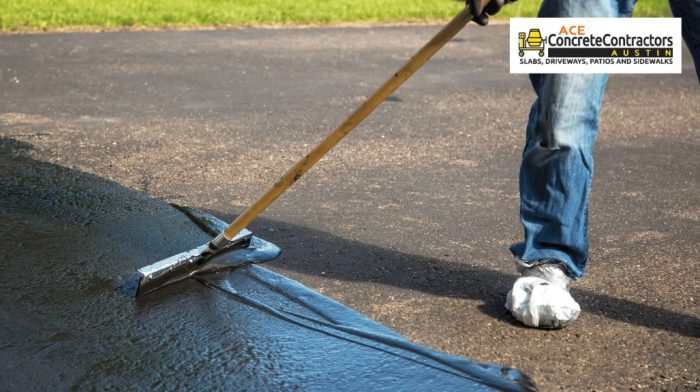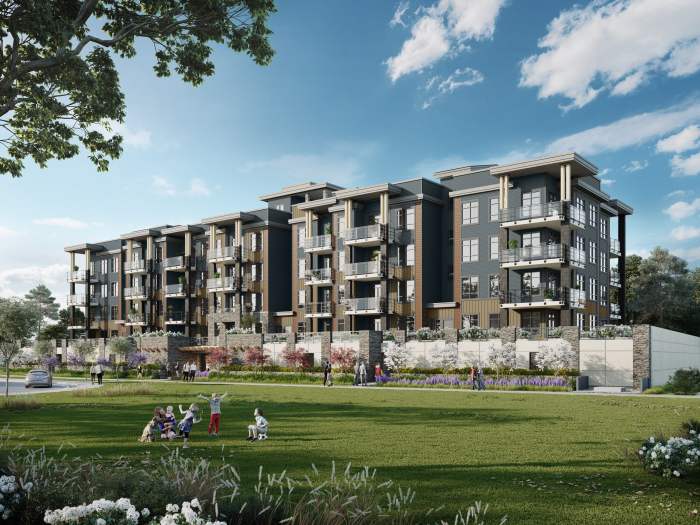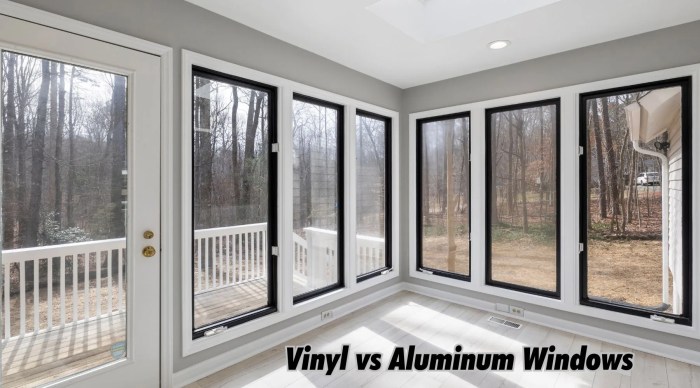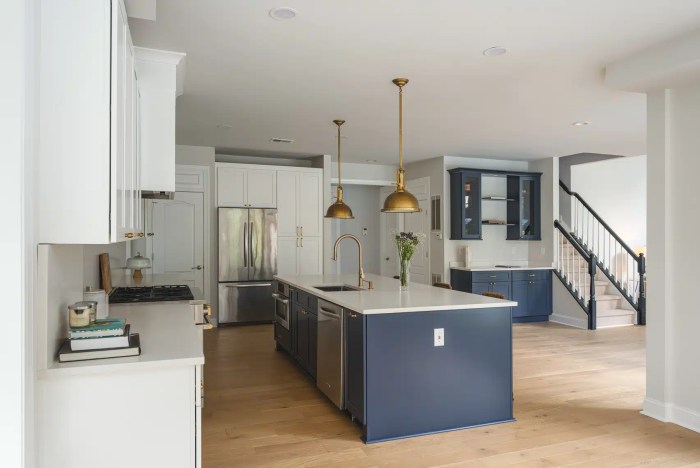Exploring the world of metal siding for houses, this comprehensive guide delves into the benefits, types, installation process, and maintenance tips of this durable material. Get ready to discover everything you need to know about metal siding and how it can transform your home.
Benefits of Metal Siding
Metal siding offers several benefits for homeowners looking for a durable and low-maintenance option that can also improve energy efficiency in their homes.
Durability of Metal Siding
Metal siding is known for its exceptional durability compared to other materials like wood or vinyl. It can withstand extreme weather conditions, such as heavy rain, strong winds, and hail, without deteriorating or warping. This longevity ensures that metal siding can last for many years, providing homeowners with a reliable and sturdy exterior for their homes.
Low Maintenance Requirements
One of the key advantages of metal siding is its low maintenance requirements. Unlike wood siding that needs regular painting or staining, metal siding typically only requires occasional cleaning with soap and water to maintain its appearance. This can save homeowners time and money on maintenance costs over the lifespan of the siding.
Improved Energy Efficiency
Metal siding can also contribute to improved energy efficiency in homes. When properly installed with insulation, metal siding can help reduce heat loss during the winter and heat gain during the summer. This can lead to lower energy bills as the home's heating and cooling systems work more efficiently to maintain a comfortable indoor temperature.
Overall, metal siding can help homeowners create a more energy-efficient and sustainable living environment.
Types of Metal Siding
Metal siding for houses comes in various types, each offering unique characteristics and benefits. Let's explore some of the common types available in the market.
Aluminum Siding
Aluminum siding is lightweight, durable, and resistant to rust and corrosion. It is available in a wide range of colors and textures, making it a versatile option for homeowners looking to enhance the aesthetic appeal of their homes. While aluminum siding is relatively low-maintenance, it can dent easily compared to other metal siding options.
Steel Siding
Steel siding is known for its strength and durability, offering excellent protection against harsh weather conditions. It is available in various styles, including vertical and horizontal panels, as well as different textures such as wood grain patterns. Steel siding is a cost-effective option for homeowners seeking a long-lasting and low-maintenance siding material.
Zinc Siding
Zinc siding is a premium option known for its longevity and sustainability. It develops a natural patina over time, giving it a unique and attractive appearance. While zinc siding is initially more expensive than other metal options, it can last for decades with minimal maintenance, making it a worthwhile investment for homeowners looking for a high-end siding solution.
Installation Process
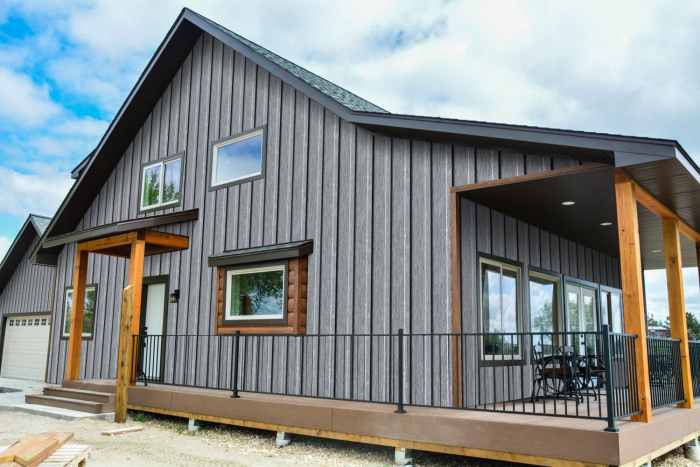
Metal siding installation on a house requires careful planning and attention to detail to ensure a successful outcome. Below are the steps involved in installing metal siding, the tools and equipment needed, and tips for proper insulation and weatherproofing.
Gathering Materials and Tools
- Measure and calculate the amount of metal siding needed for the project.
- Acquire the necessary tools such as a tape measure, chalk line, circular saw, drill, level, and safety gear.
Preparing the Surface
- Clean and repair the existing surface to ensure a smooth and even base for the metal siding.
- Install a moisture barrier and insulation to protect the house from weather elements.
Installing the Metal Siding
- Start at the bottom and work your way up, ensuring each panel is level and properly aligned.
- Secure the panels with screws or nails according to manufacturer's instructions.
Finishing Touches
- Trim the edges and corners for a clean and polished look.
- Inspect the installation for any gaps or loose panels and make necessary adjustments.
Tip: Proper insulation and weatherproofing are crucial for the longevity and performance of metal siding. Ensure all gaps are sealed and use appropriate insulation materials to prevent heat loss and moisture buildup.
Maintenance and Care
Metal siding is known for its durability and longevity, but like any other material, it requires regular maintenance to ensure it looks its best and functions properly.
Regular Maintenance Schedule
- Inspect the siding for any signs of damage, such as dents, scratches, or rust, on a quarterly basis.
- Clean the siding at least once a year using a mild detergent and water solution to remove dirt, dust, and grime.
- Check the caulking and sealants around windows, doors, and seams to ensure they are intact and reseal any areas that show signs of wear.
- Trim back any vegetation that may be growing against the siding to prevent moisture buildup and potential damage.
Common Issues and Solutions
- Rust: If you notice any signs of rust on your metal siding, use a wire brush to remove the rust, then apply a primer and paint to prevent further corrosion.
- Dents and Scratches: Minor dents and scratches can be repaired using a metal repair kit, while larger damages may require professional intervention.
- Fading Color: To restore the color of faded metal siding, consider repainting it with a high-quality exterior paint specifically designed for metal surfaces.
Cleaning and Preservation
- Use a soft brush or cloth to gently scrub the siding with a mixture of mild detergent and water, then rinse thoroughly with clean water.
- Avoid using harsh chemicals, abrasive cleaners, or pressure washers, as they can damage the finish of the metal siding.
- Inspect the siding regularly for signs of mold or mildew and clean these areas promptly with a mixture of water and bleach.
Wrap-Up
Wrapping up our discussion on metal siding for houses, it's clear that this versatile material offers a range of benefits for homeowners. Whether you're looking to enhance your home's energy efficiency or simply want a low-maintenance option, metal siding could be the perfect choice for you.
Consider the information provided here to make an informed decision about integrating metal siding into your home.
Commonly Asked Questions
Is metal siding more durable than other materials?
Yes, metal siding is known for its exceptional durability and longevity compared to other siding materials.
What are the common types of metal siding used for houses?
Some common types of metal siding include aluminum, steel, and zinc, each offering unique benefits and characteristics.
How can I maintain the appearance of metal siding?
Regular cleaning and inspection, along with addressing any issues promptly, can help preserve the appearance and longevity of metal siding.

